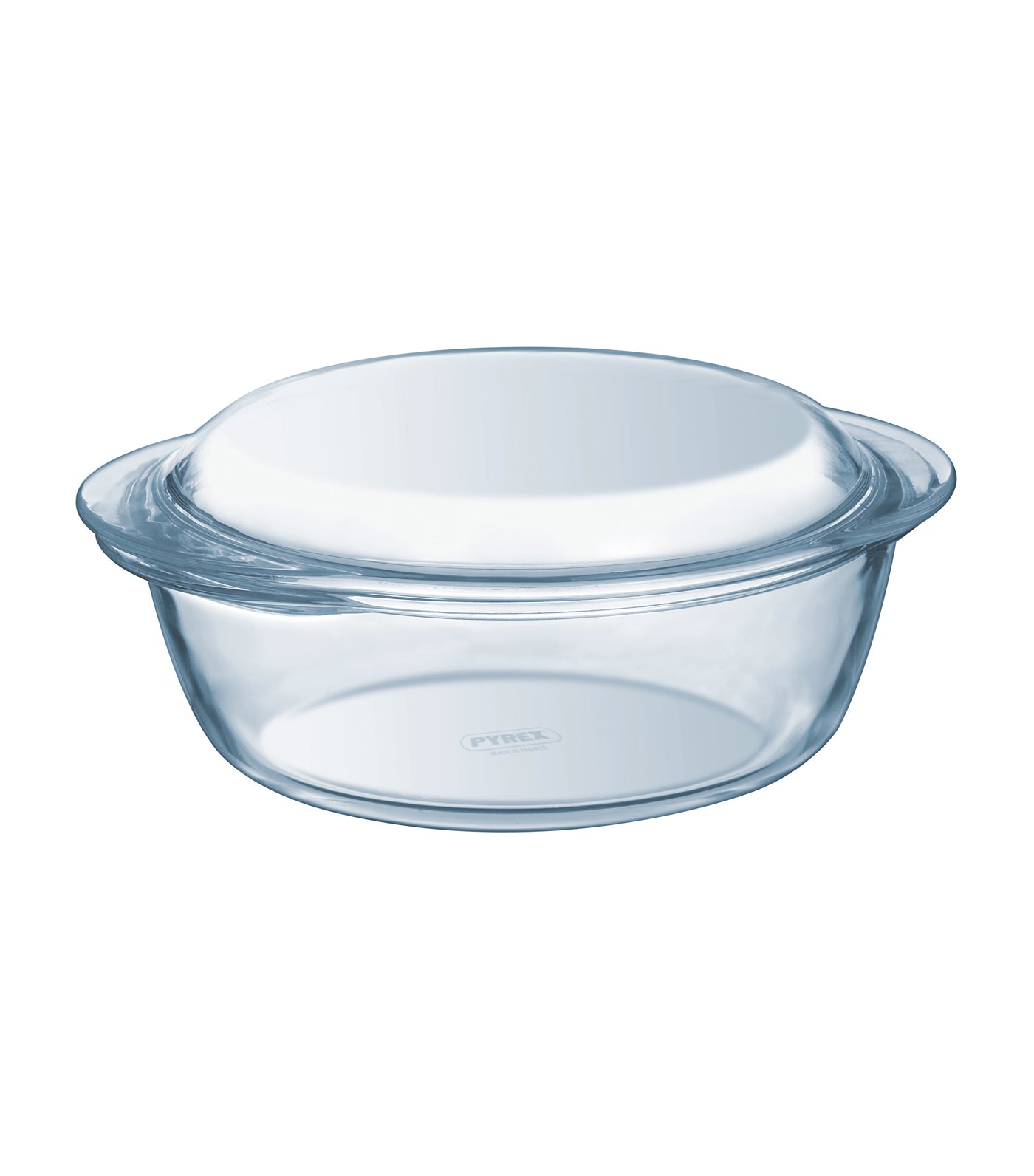It’s a question that many home cooks ask as they reach for that familiar glassware to reheat last night’s leftovers: Is Pyrex actually microwave safe? With the rise of convenience cooking and the ubiquitous nature of the microwave in today’s kitchens, it’s crucial to understand the safety of the materials we’re using. Here at TheKitchenApplianceDad.com, we’re all about combining safety with convenience, so let’s delve into the facts about using Pyrex in the microwave.
Pyrex has been a household name for over a century. Introduced by Corning Inc. in the early 1900s, the brand became synonymous with durable, heat-resistant glassware. Originally made from borosilicate glass, which is known for its thermal shock resistance, Pyrex was ideal for both cooking and storage.
Over the years, the composition of Pyrex glassware has changed. In the United States, the manufacturing shifted from borosilicate glass to soda-lime glass, which is less expensive to produce and still offers good durability and heat resistance. However, this change has led to some confusion and concern over the microwave safety of newer Pyrex glassware.

According to the Pyrex website and product labeling, Pyrex glassware is, indeed, microwave safe. The manufacturer states that their products can be used for baking, cooking, microwaving, serving, and storage. Pyrex emphasizes that the glassware is designed to withstand typical kitchen heat sources within the home.
The primary concern with microwaving glassware, including Pyrex, is the risk of thermal shock. Thermal shock occurs when a glass object experiences rapid temperature changes, which can cause it to crack or shatter. For example, taking a glass dish straight from the fridge and placing it in a hot microwave could potentially lead to thermal shock.
To mitigate this risk, it’s recommended to avoid subjecting Pyrex glassware to sudden temperature changes. Allow chilled glassware to come to room temperature before microwaving, and don’t place hot glassware on cold or wet surfaces directly after microwaving.
Not all glass is created equal. Some glassware may contain metal or other materials that are not microwave safe. Always check the manufacturer’s guidelines before microwaving any glass product.
While there have been reports of newer soda-lime Pyrex glassware breaking or “exploding,” these instances are relatively rare and often result from improper use or pre-existing damage to the glassware. Following proper usage guidelines significantly reduces any risks.
Regular microwaving, when done according to safety instructions, should not weaken Pyrex glassware. Problems typically arise from thermal shock or using damaged or dirty glassware, which can have weakened structural integrity.
If you’re still hesitant to use Pyrex in the microwave, there are alternative materials that are also microwave safe:
Safety in the kitchen is paramount, and understanding the tools and materials you’re working with is key to preventing accidents. Pyrex has stood the test of time as a reliable kitchen staple, and when used according to guidelines, it’s a safe option for your microwave cooking needs. Remember, the best practice is always to follow the manufacturer’s instructions and use common sense when dealing with any kitchen appliances or accessories. Stay informed, stay safe, and keep cooking with confidence. Thanks for joining us at TheKitchenApplianceDad.com, where we’re dedicated to making your time in the kitchen both enjoyable and secure.

